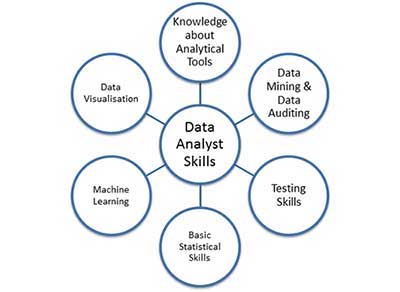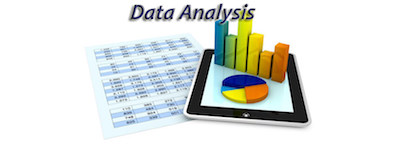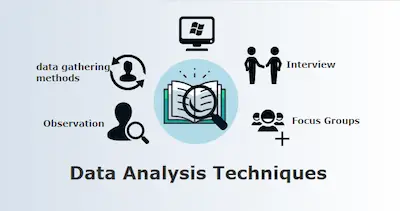6 Data Analysis Skills Every Analyst Needs
While you may think that by only knowing statistics better you have all that it takes to do data analysis, this isn’t quite true. The reality is that you should keep in mind that statistical knowledge is only a part of the equation. The second part os developing data analysis skills.
Lara everything you ned to know about stats.

One of the things that you should keep in mind about data analysis skills us that they apply to all analyses no matter the software or statistical method you are using.
In order to start developing these data analysis skills, you need to have some statistical knowledge. However, as you learn these skills, you’ll notice how statistics make more sense.
6 Data Analysis Skills Every Analyst Needs
#1: Planning The Data Analysis:
When you have a data analysis project, you want to ensure that you have a plan. The truth is that it will allow you to think ahead on critical decisions that may take you a lot of time if you have to redo them again.
Check out our covariance calculator.
#2: Managing The Data Analysis Project:

When you are working on a data analysis project, no matter if you are doing it alone or with others, you need to manage it. This includes keeping track of the times, dedicating enough time to each step, and even find the resources that you need.
#3: Cleaning, Coding, Formatting, And Structuring Data:
When you are working on a data analysis project, you always want to ensure that your data is cleaned before you even start. But your work doesn’t stop there. After all, you will need to code and format the variables and then structure them according to your plan.
Notice that this is probably the step that takes longer.
Looking for a correlation coefficient calculator?
#4: Running Analysis In An Efficient Order:

One of the things that is important to keep in mind is that there is a specific order that you need to obey when you are running the steps of your analysis. Besides, you will need to make decisions at every step. When you don’t do this, your analysis will not only be slower but frustrating as well. Besides, you’re likely to make mistakes.
#5: Checking Assumptions And Dealing With Violations:
Unlike what you may have heard, all statistical test and model has its own assumptions. The truth is that there is a lot of skill in reading uncertain situations and drawing conclusions.
Check out our standard error calculator.
#6: Recognizing And Dealing With Data Issues:

One of the things that you probably already know is that real data is messy data. This means that real data has issues that make the analysis hard. From small sample sizes to outliers, and even truncated distributions can happen in all types of data sets. So, you need to ensure that you recognize when a data issue is happening as well as you need to determine if it will cause problems or what you need to do about it.